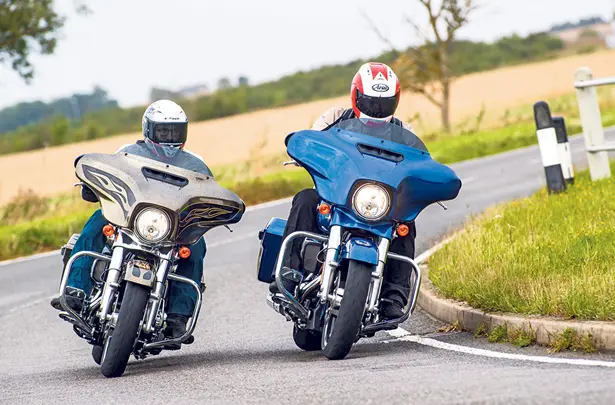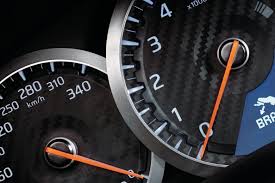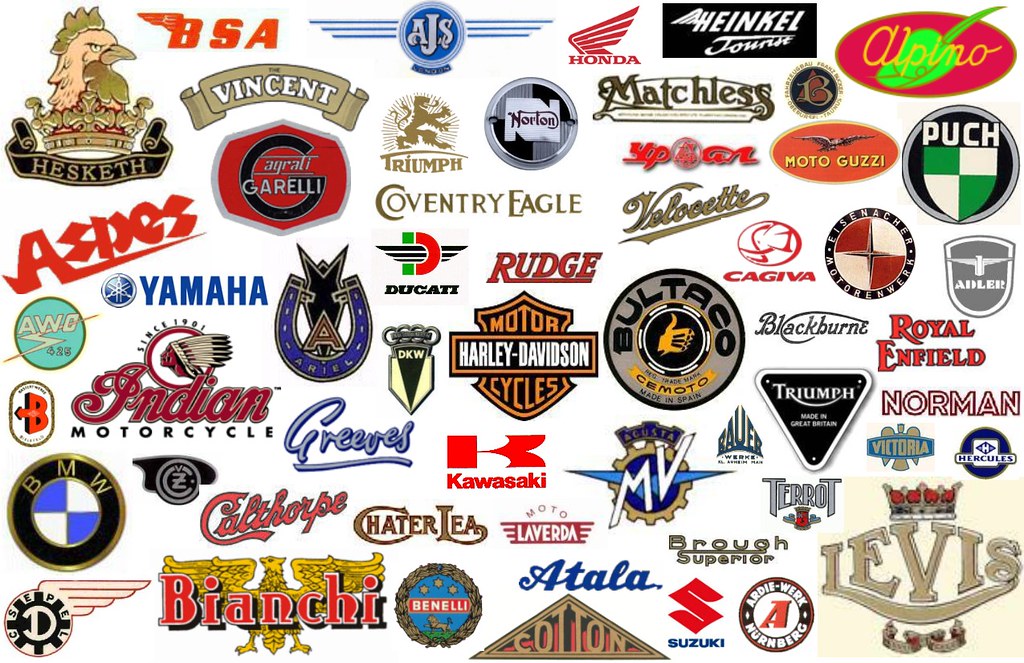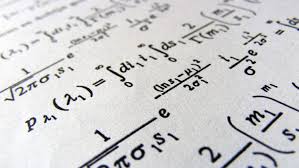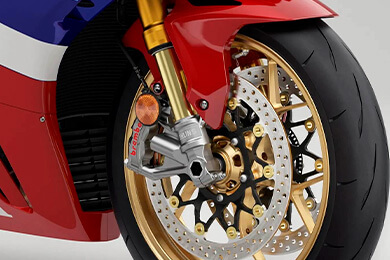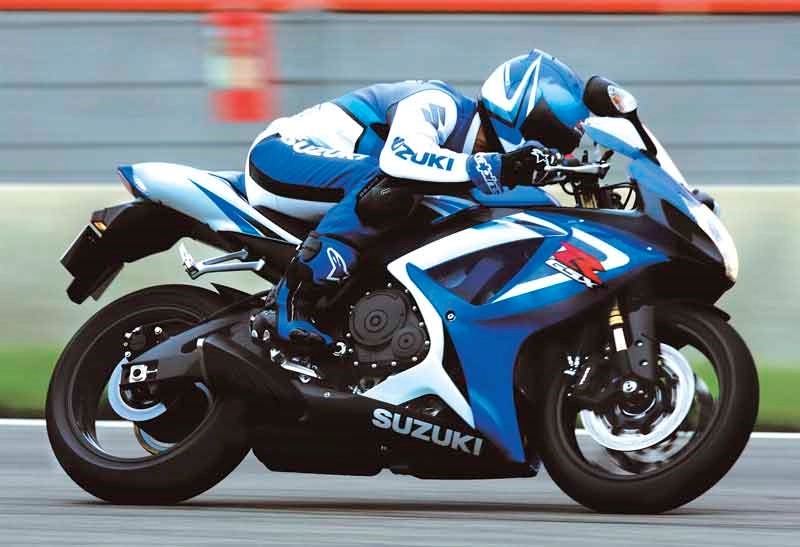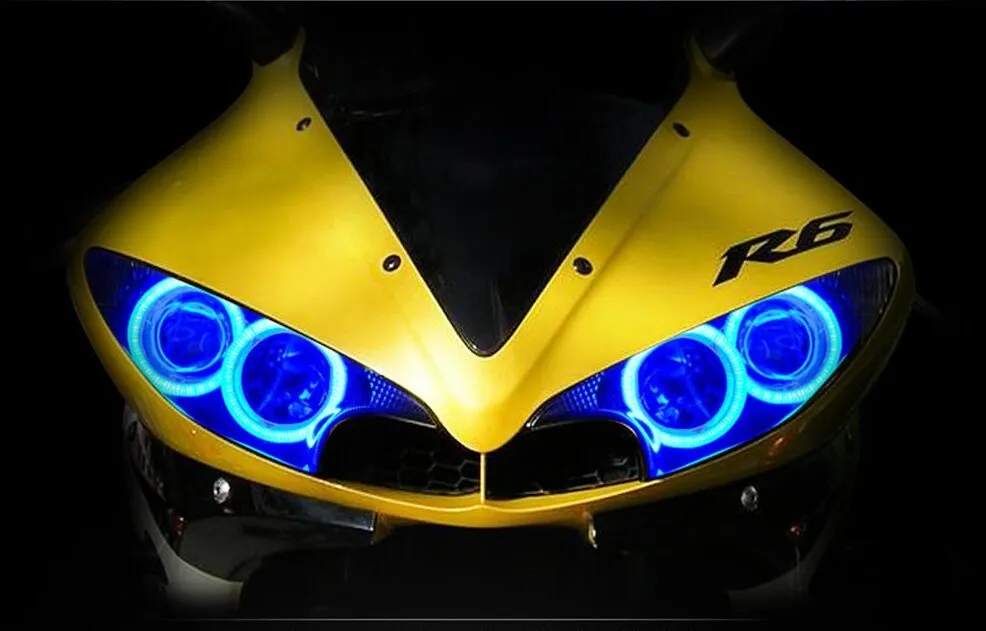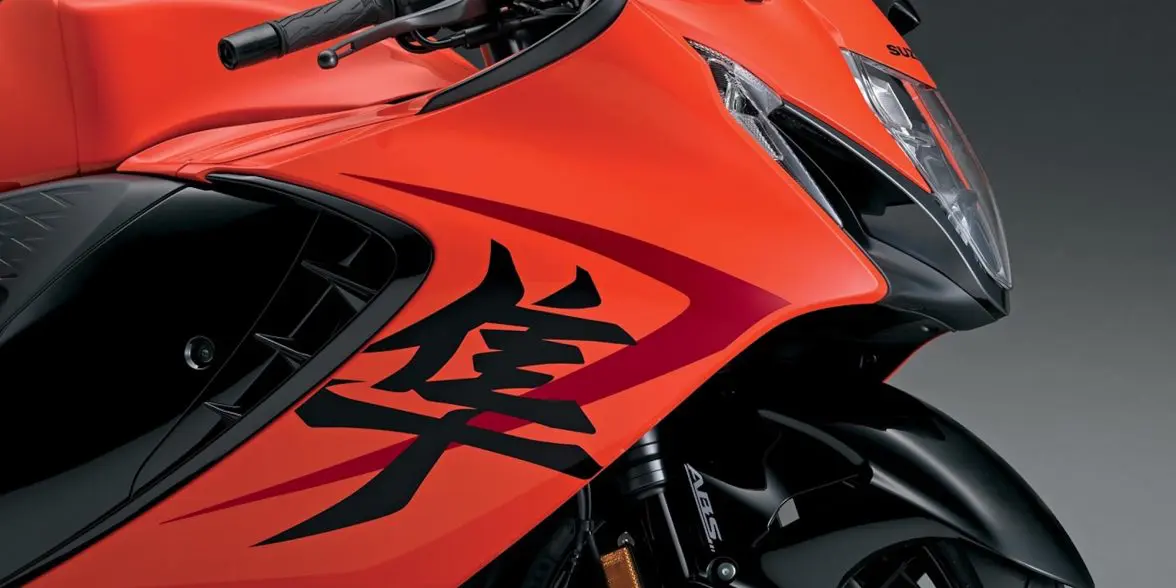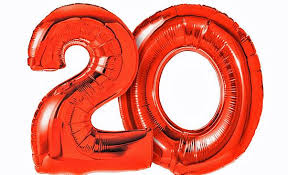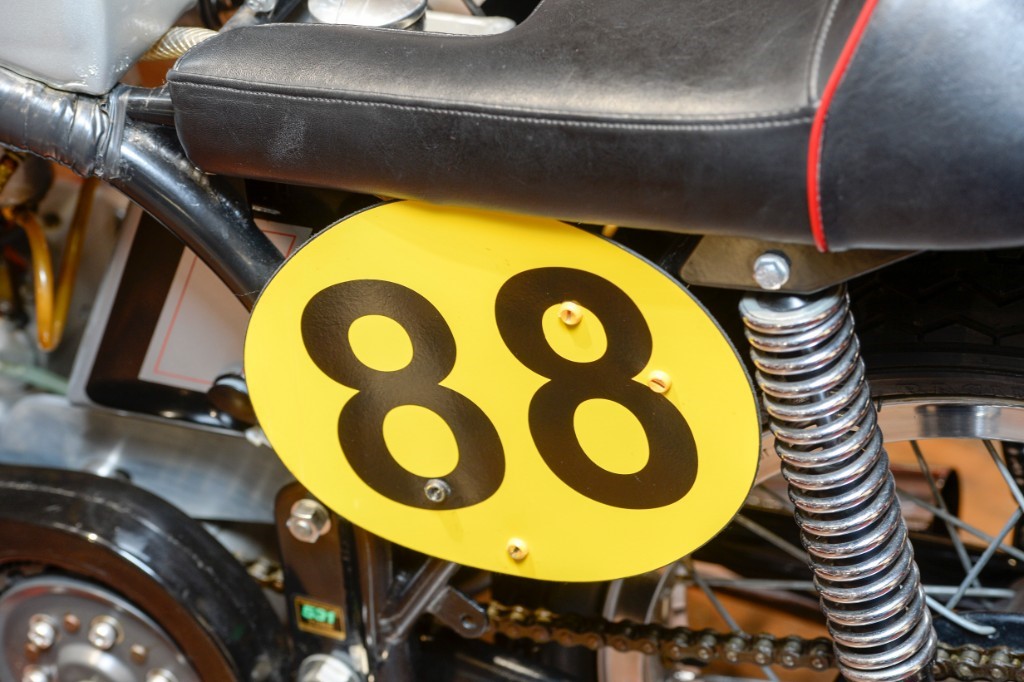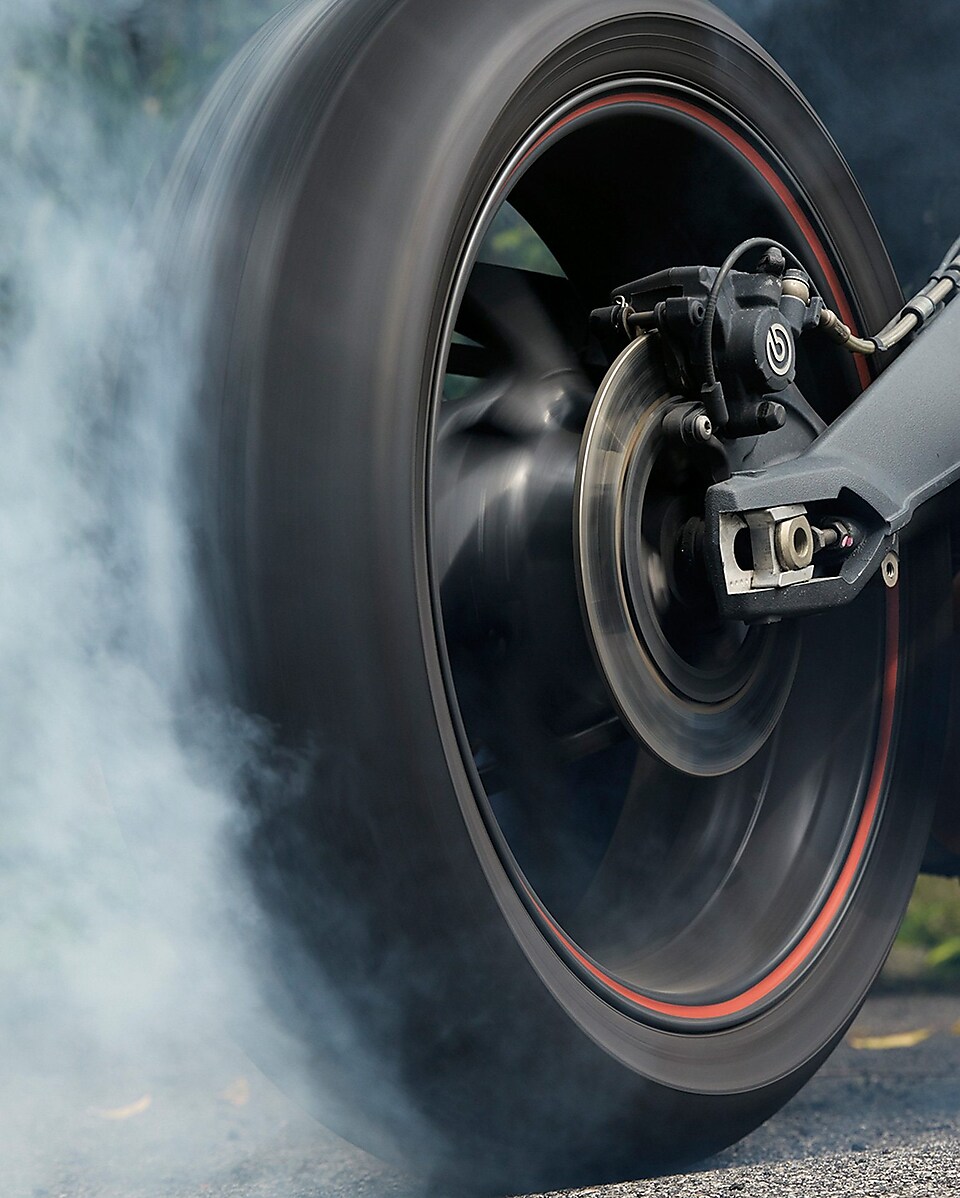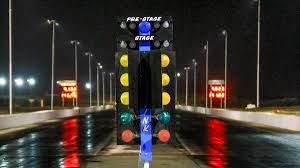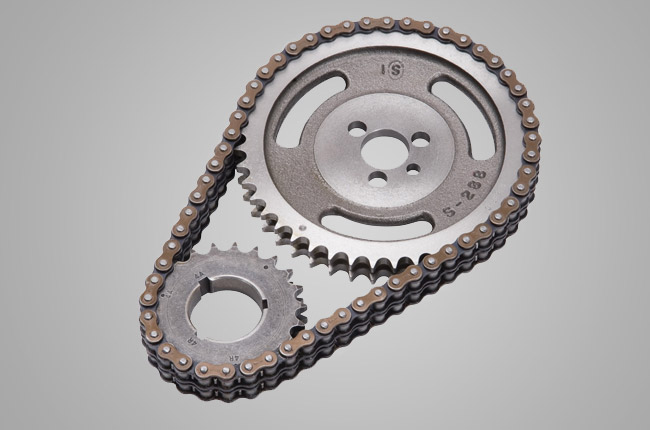
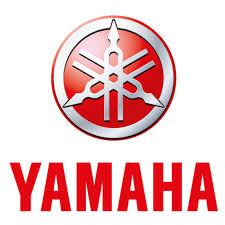

This edition of the Yamaha XJ 400 Z-S is the 6 speed / Manual version and was first brought out in 1983. This was at around the same time as the introduction of the 1984 Suzuki GV 700 GL Madura and the 1984 Honda CB 750 SC Nighthawk S.This particular Yamaha XJ 400 has a 399cc Liquid cooled, Two stroke, Wankel Petrol powerplant with 4 cylinders and Carburettor.
The 1983 XJ 400 shares its Wankel engine and Standard style configuration with the likes of the 1989 Suzuki GS 500 E and the 1966 Norton Dunstall 750. Alternatively, if you're looking for other bikes which share the XJ 400's Standard style with a similar size of engine then how about the 1997 Suzuki GW 400 Inazuma | 1997cc.1988 Suzuki TV 250 Wolf | 1988cc.
Weighing in at 0 kgs (0 lbs) this makes the Yamaha XJ 400 Z-S in the same weight category as the 2024 Honda XRE 300 Adventure ABS and Rally or the 2024 Kawasaki Z7 Hybrid, give or take 50kg.
In terms of power the 399cc 16 valve Wankel 4 cylinder engine produces 55 bhp (41 kW) @ 11500 rpm similar to the 2025 Yamaha MT-07 Twin Cylinder [73.4 bhp (54 kW) @ 8750 rpm] or the 2025 Honda X-ADV 745 [57.8 bhp (43 kW) @ 6750 rpm].
The DOHC Two stroke unit throws out torque of 25.2 lb-ft (34.3 Nm) @ 10000 rpm placing it alongside motorbikes of similar performance figures such as the 2025 Suzuki SV 650 ABS [47.2 lb-ft (63.9 Nm) @ 8100 rpm] and the 2025 Honda MSX 125 Grom [7.6 lb-ft (10.4 Nm) @ 5500 rpm].
If one combines the weight with power or torque performance for the Yamaha XJ 400 you can get a better idea of it's real world performance.
![Kawasaki Z 650 SR-D2 Stateside Replica - [1979] image Kawasaki Z 650 SR-D2 Stateside Replica - [1979] image](/editionimages/b/default.jpg)
The 1979 Kawasaki Z 650 SR-D2 Stateside Replica has similar Bhp Per Ton stats as the 1983 Yamaha XJ 400 Z-S.
The 1983 Yamaha XJ 400 Z-S has a Power to weight ratio of 276.3 bhp per ton and 127.1 lb-ft per ton. Bhp Per Ton figures of the 1983 XJ 400 competing with the 1979 Kawasaki Z 650 SR-D2 Stateside Replica [301.3 bhp\ton] and the 1987 Kawasaki Gpz 400 R [301.0 bhp\ton].
If you agree with the late great Carroll Shelby, then arguably an even better indicator of potential performance is Torque. Factor weight into the equation and you end up with - Torque per ton, with the Yamaha XJ 400 generating around 127.1 lb-ft per ton. If you're curious as to what other motorbikes have as much torque to weight then look no further than the 2007 Suzuki GS 500 F [152.0 lb-ft per ton] and the 2004 Suzuki GS 500 F [152.0 lb-ft per ton].
With a 0-60mph time of 13.4 secs or a 0-100km/h (0-62mph) of 13.7 secs, this makes the Yamaha XJ 400 Z-S similar in acceleration to the 2021 Honda XR 650 L (13.4 secs) and the 2019 Honda XR 650 L (13.4 secs). This Yamaha XJ 400 Z-S also competes in terms of 0-60 mph and 0-100km/h with the 2018 Honda CB 250 R Neo Sports Cafe (0.0 secs) and the 2020 Norton Superlight SS (0.4 secs).
When talking about the performance of the 1983 Yamaha XJ 400 Z-S on the drag strip it can reach a quarter mile in an estimated 0 secs @ 0 mph. Bikes with a similar performance down the quarter mile can be found in the 1960 Honda C72 Dream (0 secs) and the 2012 Suzuki SFV 650 Gladius Barry Sheene Limited Edition (0 secs).
The 1983 version of the Yamaha XJ 400 Z-S has a maximum speed of 0mph.
If maxing out your bike on the AutoBahn is your thing and you're wondering what's faster at the top end than the 1983 Yamaha XJ 400 Z-S then how about a 2013 Honda CHF 50 Metropolitan (35 mph) and the 2002 Honda CHF 50 Metropolitan (35 mph).


Yamaha XMAX 250 Four Stroke
Engine Capacity: 250 cc
Top Speed: 70 mph
Quarter Mile: 19.0 secs @ 0 mph




